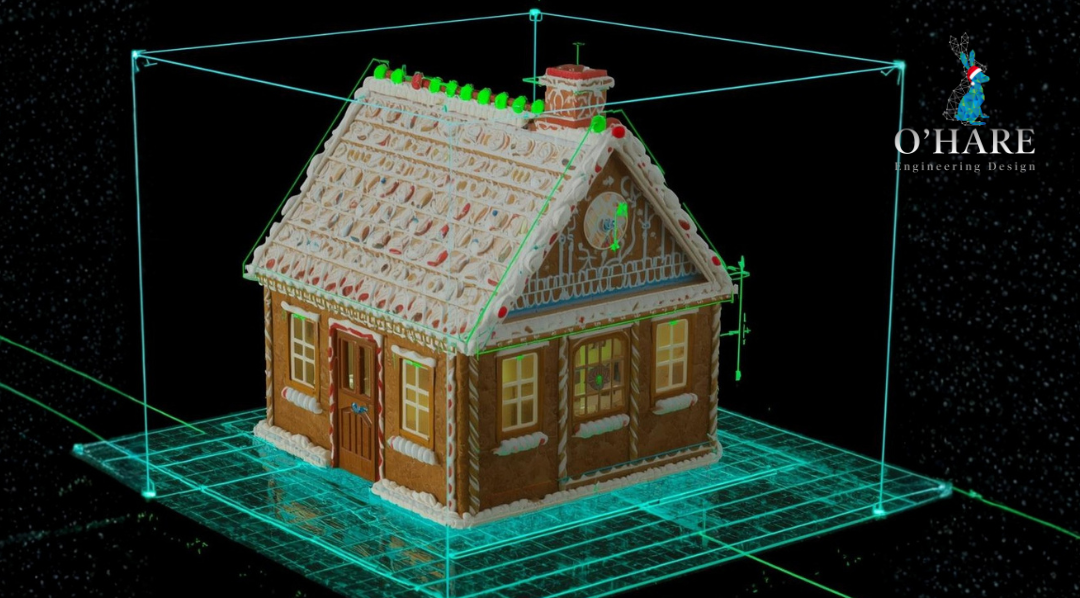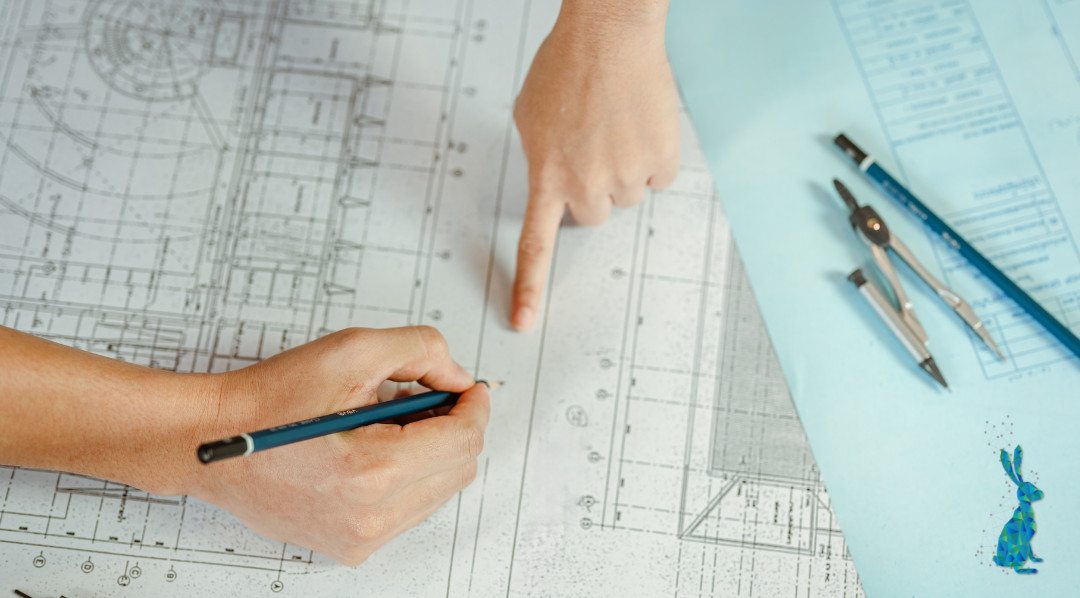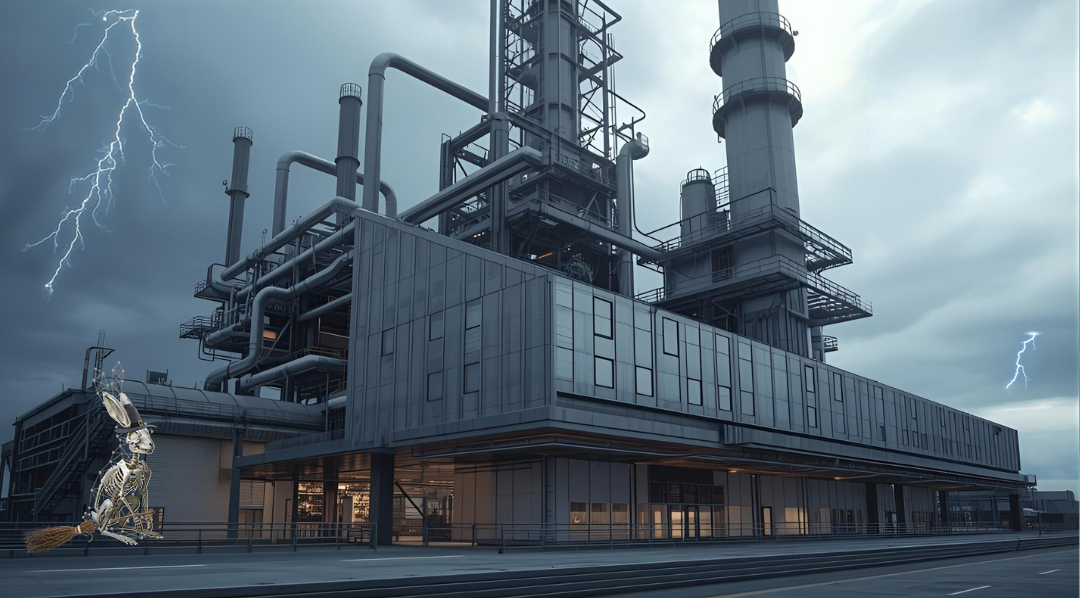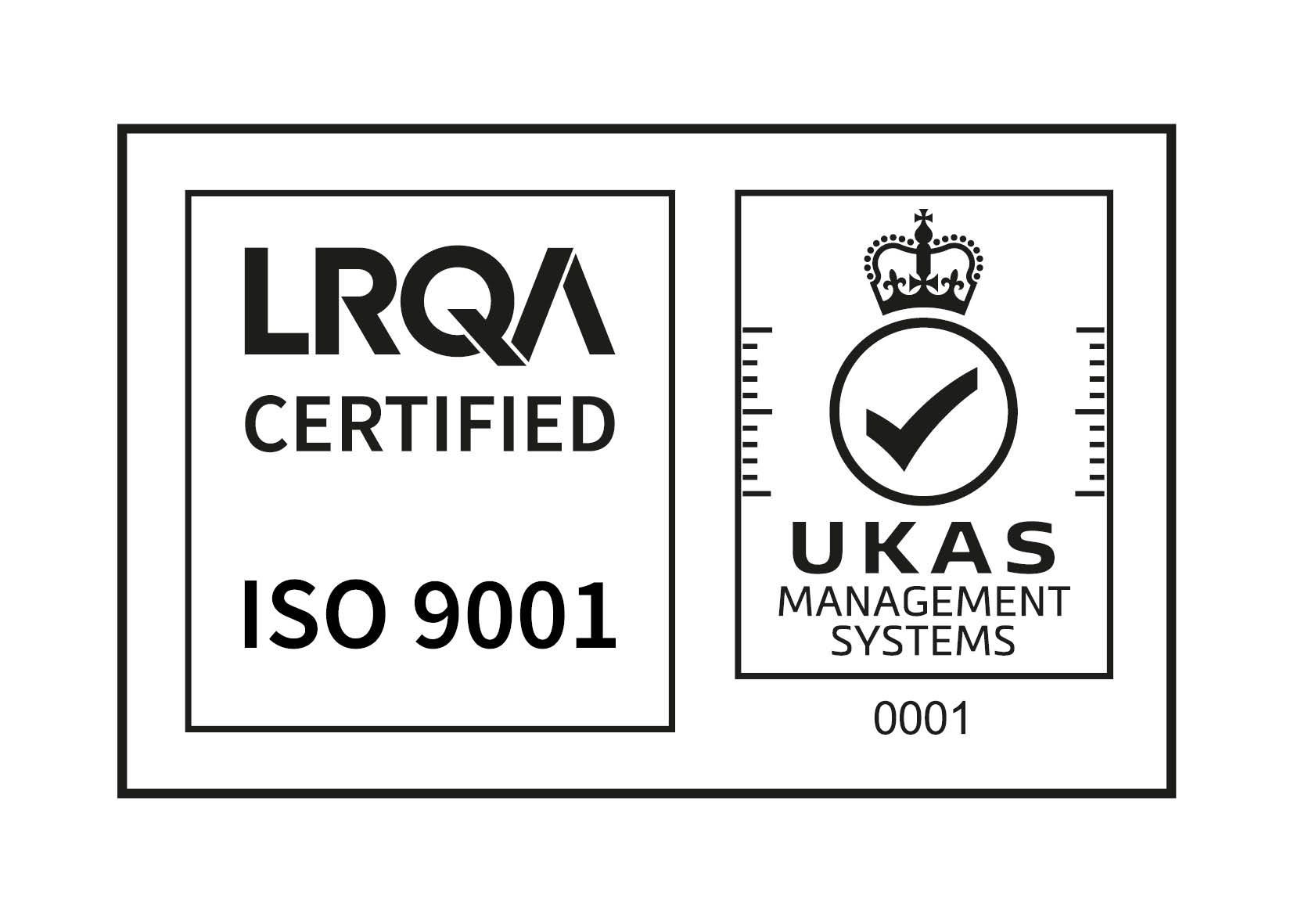The Value Is in the Detail: Project Design, Plant 3D, and Where AI Fits In
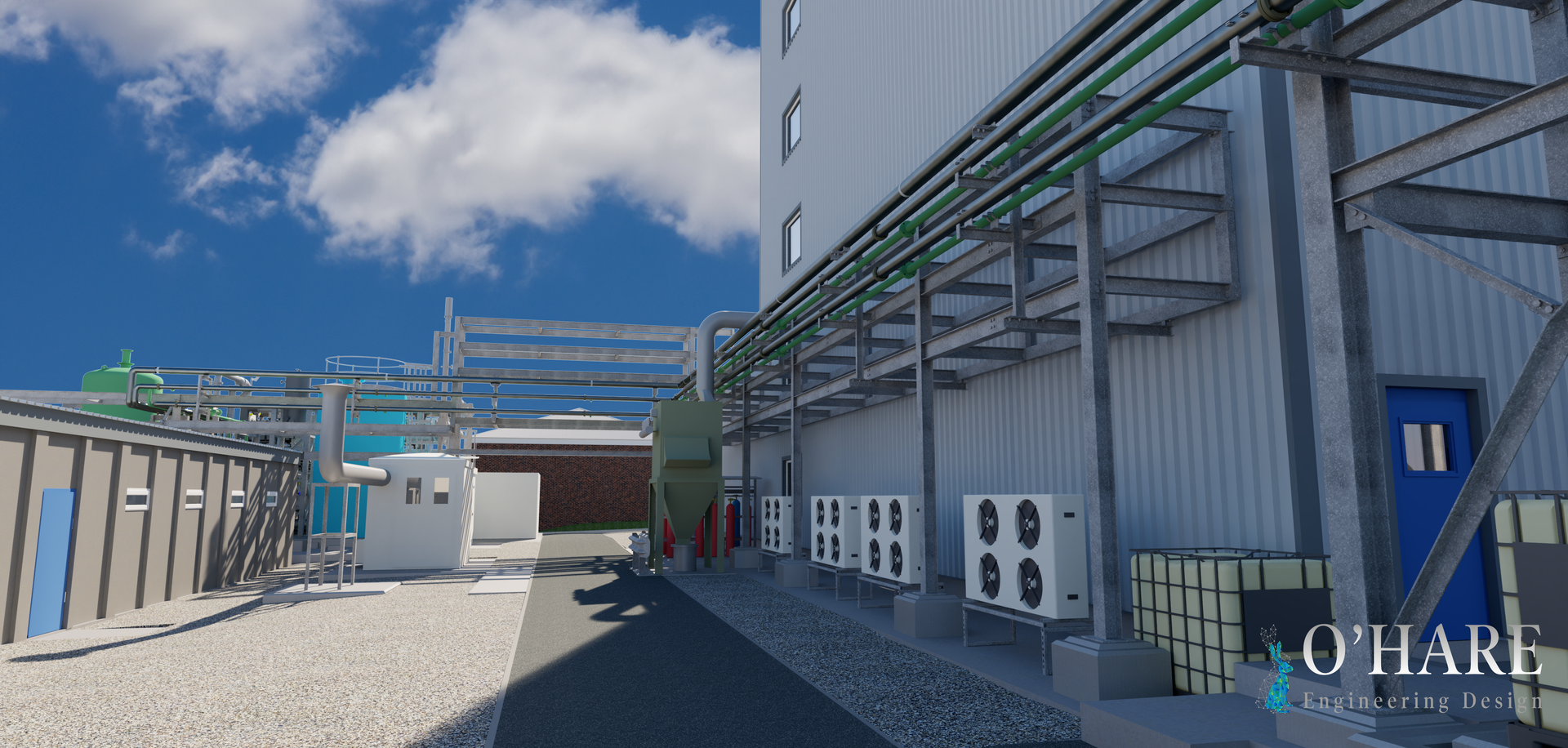
The Value Is in the Detail: Project Design, Plant 3D, and Where AI Fits In
Date: 30th July 2025
When it comes to Plant 3D design, the final quality of a model isn't about the software. It’s about what you choose to put into it.
We use Autodesk Plant 3D alongside Navisworks for detailed piping layouts on complex sites like chemical plants, and over time, one thing has become clear: the accuracy and usefulness of the final design all come down to the level of care, detail, and experience you invest into the project.
The image below is taken directly from Navisworks using Plant 3D, where clash detection was carried out alongside point cloud data with (what we’d consider as a business) no additional software cost. This isn’t a flashy render for marketing; it’s part of a working design that’s ready to be built. That’s the difference between a model that just looks good and one that works well in the real world.
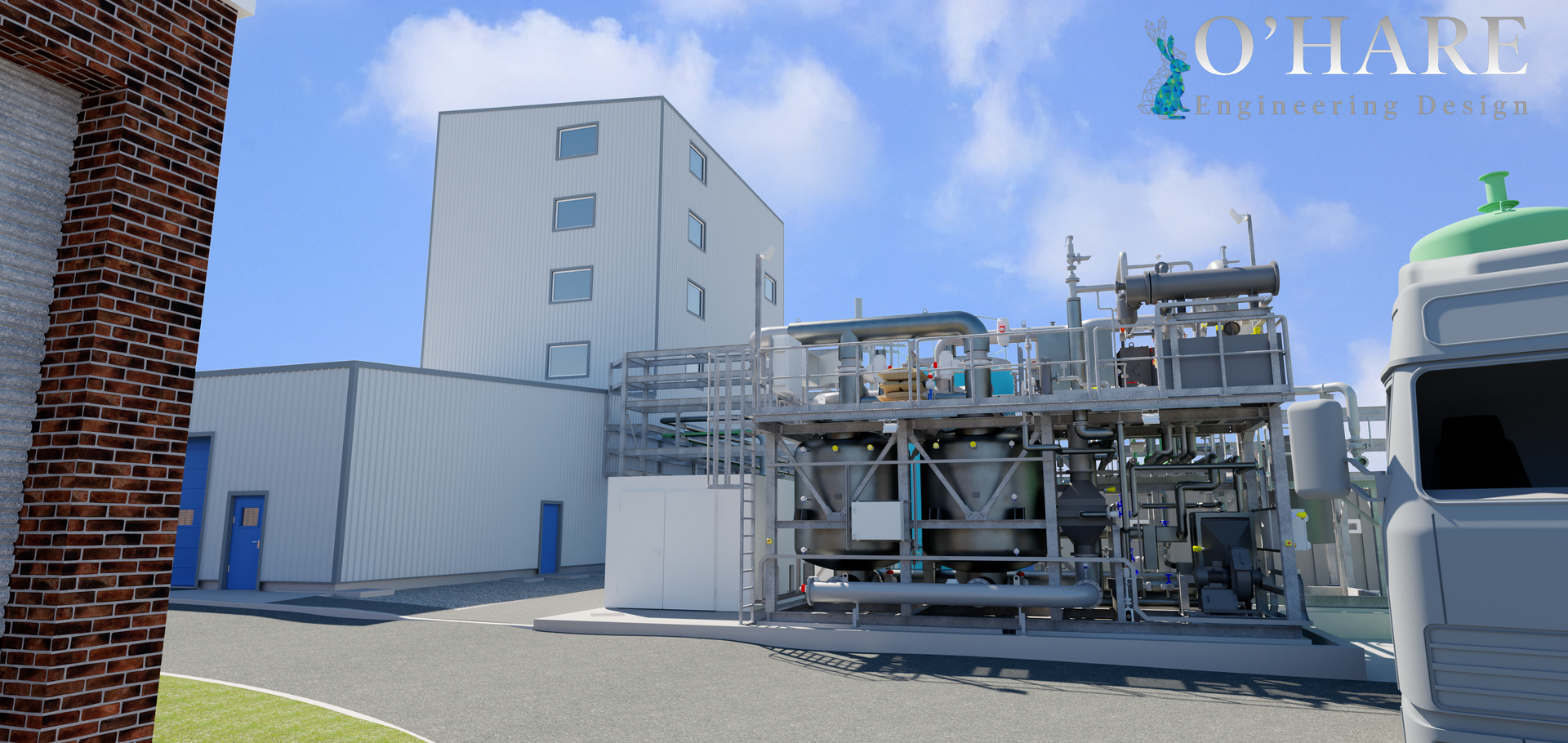
Design Quality Is a Choice
Many people assume that the software dictates the outcome, but tools like Plant 3D and Navisworks are only as good as the workflows behind them. We make a conscious effort to build the model in a way that supports the rendering and review process from the very beginning.
That includes:
- The use of point cloud data for as-built accuracy
- Smart use of sub-models to keep files lightweight and manageable
- Regular clash detection reviews to ensure construction is feasible
- Built-in rendering time, planned into project workflows so that it doesn't add any cost or delay.
With our current hardware setup, rendering high-quality outputs typically takes between 20 and 30 minutes. This amount of time doesn’t create a bottleneck in our workflow. Instead, it is a key part of the overall process that is carefully planned and managed to maintain progress.
Where Does AI Fit In?
There’s no denying AI is transforming the way that most people work and it's a tool we’ve experimented with across a range of tasks. But when it comes to Plant 3D and real-world engineering design, I don’t see AI offering meaningful cost savings within our current work. We already use Navisworks for tasks like:
- Clash detection
- Project collaboration
- Design review
These are core parts of every job, and we’re not paying extra to run them. Any suggestion that AI reduces costs here overlooks how refined and cost-effective these existing tools already are, especially for smaller or mid-sized businesses that are hands-on with their workflows.
The IP Trade-Off…
One of the biggest concerns we have with AI in design is intellectual property. Many AI tools (especially image or model generators) operate under terms that allow them to retain or reuse your input. That might seem minor but it’s a major red flag in a field where your design is your product.
Imagine spending weeks creating a detailed model for a client, only to find that the AI you used has rights to reuse your work for someone else’s project. That undermines not just the value of your work, but the trust your clients place in you to deliver original, secure, and private designs.
Don’t get me wrong, I think AI is a valuable tool. It’s great for idea generation, automating repetitive tasks, or helping structure documentation. I’ve used it in ways that save time and improve clarity. But, it’s not a replacement for thoughtful, professional design, especially in high-stakes environments like industrial piping systems.
We’ve worked hard to build an approach where our models remain our IP. Everything stays in-house or with software providers who respect those boundaries. That principle is a dealbreaker and one that other businesses should take seriously too.
A Process That Works
We’ve found a balance that works:
- We use Plant 3D and Navisworks to create high-quality, build-ready models.
- We plan rendering and review time into the project, so it adds value, not cost.
- We maintain ownership of our IP at every stage.
- And we use AI with care where it helps, not where it compromises.
There’s no silver bullet when it comes to great design. It’s about choosing to put in the effort, setting up solid systems, and knowing when to trust your tools,and when to question them.
We believe this approach benefits not only our company, but also our clients. It’s not always the flashiest process, but it’s consistent, accurate, and respectful of the work that goes into every detail.
If you're looking for a design approach that prioritises accuracy, efficiency, and real-world results without cutting corners, let’s have a conversation. Whether it's piping layouts, clash detection, or integrating point cloud data, we’re always happy to explore how it could benefit your next project.

